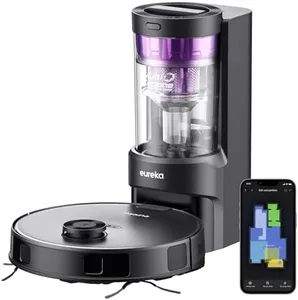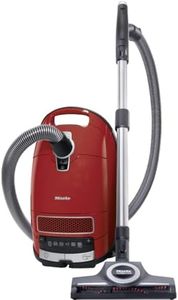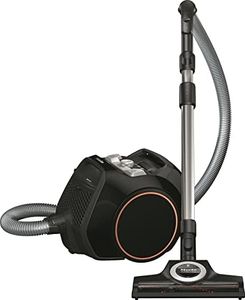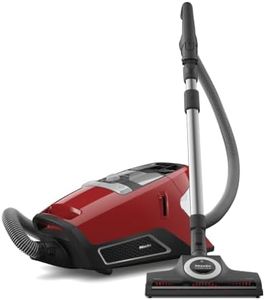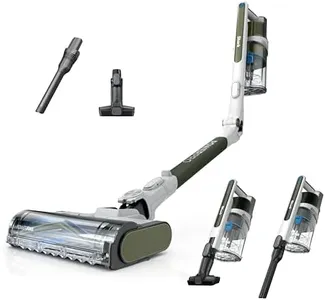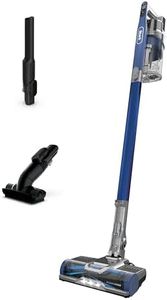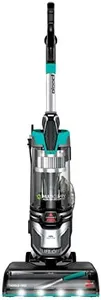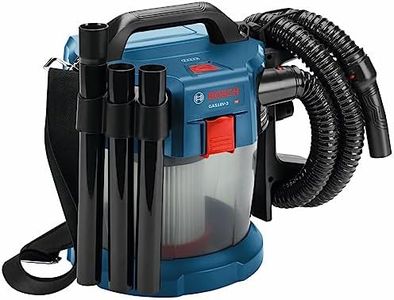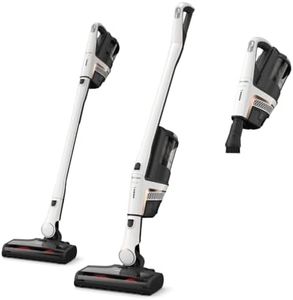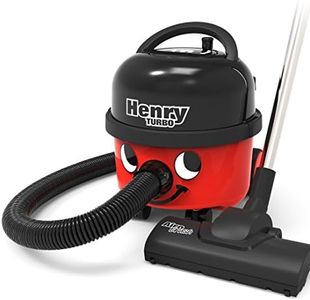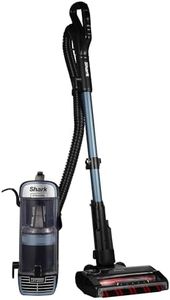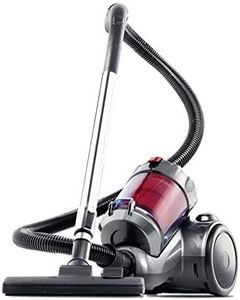We Use CookiesWe use cookies to enhance the security, performance,
functionality and for analytical and promotional activities. By continuing to browse this site you
are agreeing to our privacy policy
10 Best Hepa Vacuums
From leading brands and best sellers available on the web.Buying Guide for the Best Hepa Vacuums
Choosing the right HEPA vacuum can make a big difference in keeping your home clean and controlling allergens, especially if you have allergies, pets, or small children. It's important to think about where and how you'll use the vacuum, such as on carpets, hard floors, or for cleaning upholstery and tight spaces. Understanding the key specifications will help you match a vacuum’s capabilities with your particular needs for performance, convenience, and ongoing comfort.HEPA FiltrationHEPA stands for High-Efficiency Particulate Air, and a HEPA filter is specially designed to trap at least 99.97% of tiny particles like dust, pollen, and even some bacteria. This makes a huge difference for allergy and asthma sufferers, or anyone concerned about indoor air quality. Some vacuums may claim 'HEPA-like' filtration, but only true HEPA filters offer verified performance. If you want the best air quality, always check that it meets the official HEPA standard. If you or someone in your home has asthma or allergies, a certified HEPA filter is ideal.
Suction PowerSuction power determines how well the vacuum picks up dirt and debris from floors and surfaces. It’s usually described in terms like air watts or water lift, but even if those numbers seem confusing, the main thing to remember is that stronger suction is better for deep cleaning carpets or picking up stubborn pet hair, while less suction is gentler for delicate rugs and drapes. Think about the cleaning jobs you'll do most: go for higher suction for thick carpets and pet messes, and moderate suction for mostly hard floors and light cleaning.
Capacity (Dust Bin or Bag Size)Capacity refers to how much dust and debris the vacuum can hold before it needs to be emptied. Vacuums with larger bags or bins can go longer between emptying, handy for bigger homes or lots of pet hair, but they may be bulkier to move and store. Smaller bins are lighter and more compact, better for quick cleanups and smaller living spaces. Choose a capacity that matches how often you want to empty the vacuum and how much dust you expect to pick up.
Weight and ManeuverabilityWeight and maneuverability impact how easy it is to use the vacuum, especially if you have stairs or tight spaces. Lightweight vacuums are simpler to carry and push, which is great for quick, frequent use or older adults. However, heavier vacuums sometimes offer more power and bigger dust capacity. Consider your space and physical comfort—if you move the vacuum up and down stairs, lighter is usually better; for single-story homes or heavy-duty cleaning, a larger model may work fine.
Attachments and ToolsAttachments are extra tools that come with the vacuum, making it easier to clean specific surfaces like upholstery, crevices, or delicate drapes. Common tools include crevice wands, upholstery brushes, and pet hair tools. The more types of surfaces and messes you have, the more useful varied attachments become. Someone with pets or lots of furniture will benefit from specialized brushes, while basic attachments may be enough for simple floor cleaning.
Sealed SystemA sealed system means the vacuum is designed so that air (and dust) being sucked in cannot leak back out through cracks or non-filtered openings. This is very important if you want a real HEPA benefit, as a poor seal could allow allergens to escape. If you're focused on air quality and allergies, always look for a vacuum advertised as having a sealed or fully-sealed system, as this ensures all the filtered air actually stays clean.
Noise LevelNoise level measures how loud the vacuum is in action. Quieter models are more comfortable for regular use, especially if you clean early or late, or have pets or children who are sensitive to noise. Noise is often given in decibels (dB); lower numbers mean quieter operation. For shared spaces or regular, lengthy use, quieter is generally nicer; for occasional cleaning, you might not mind a bit of extra noise.
